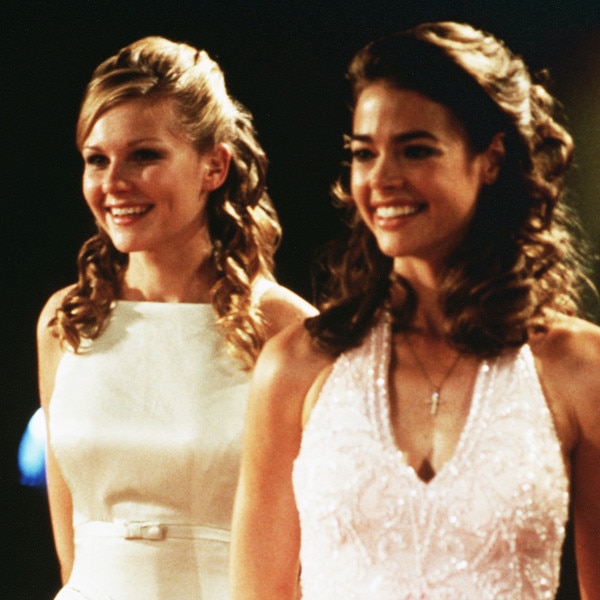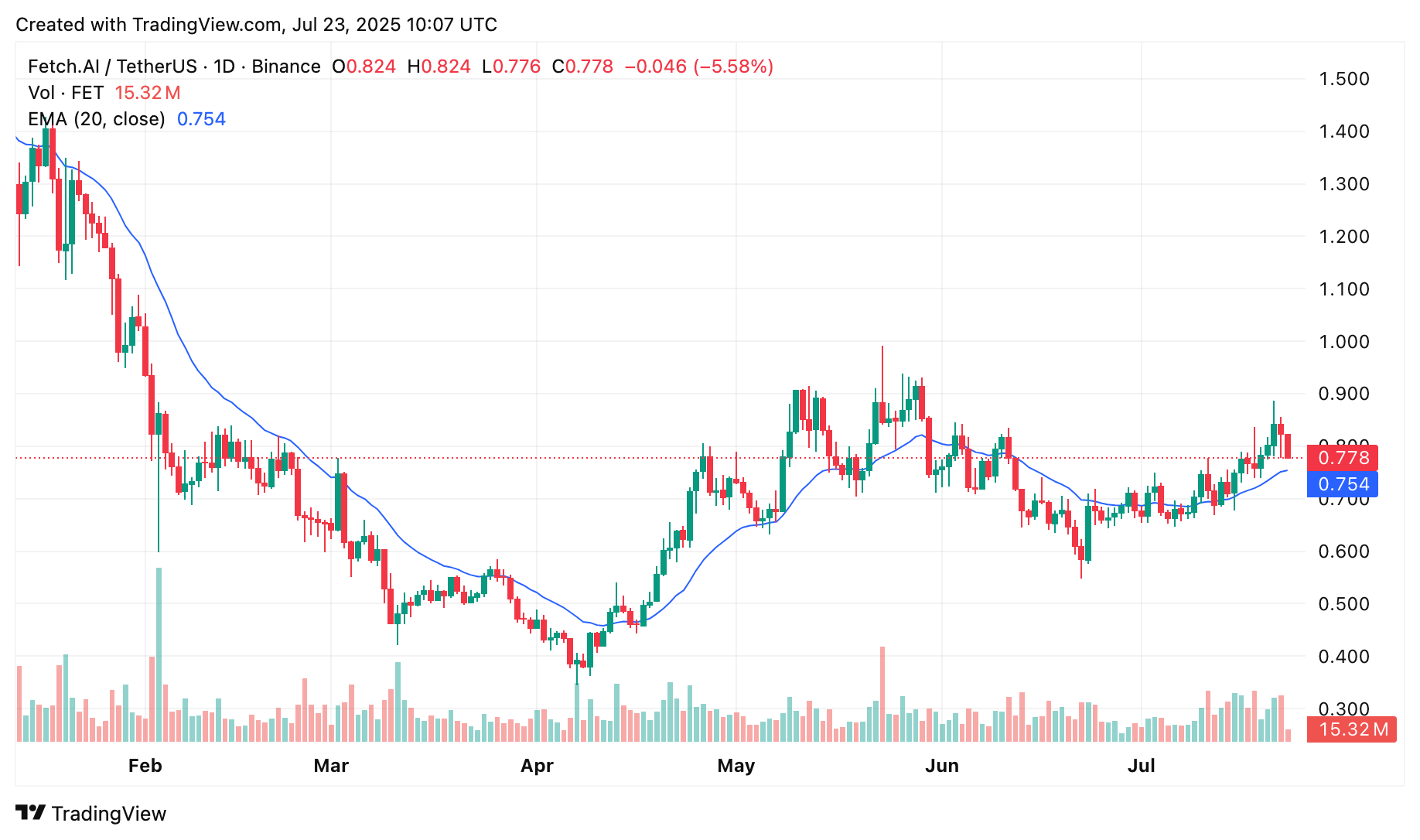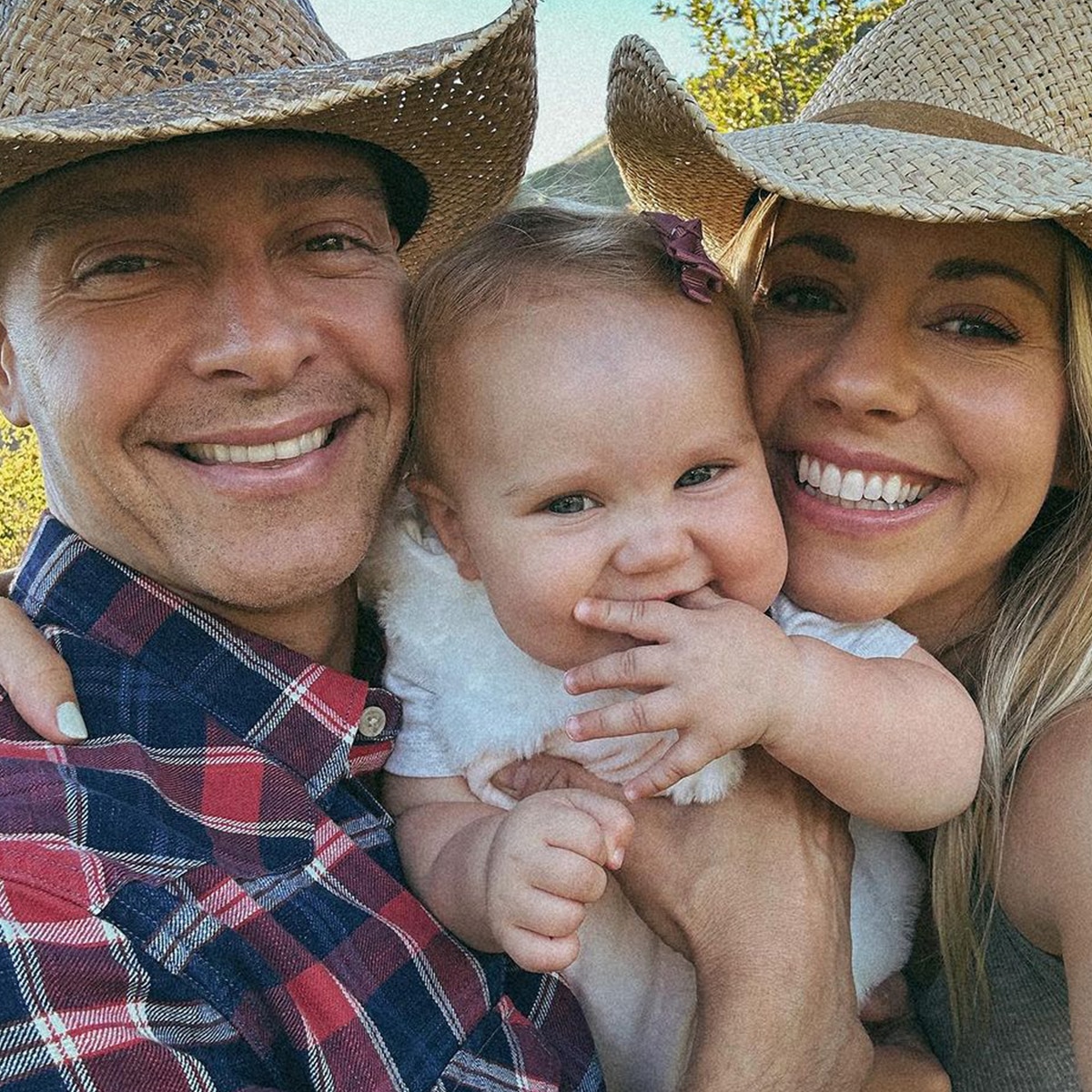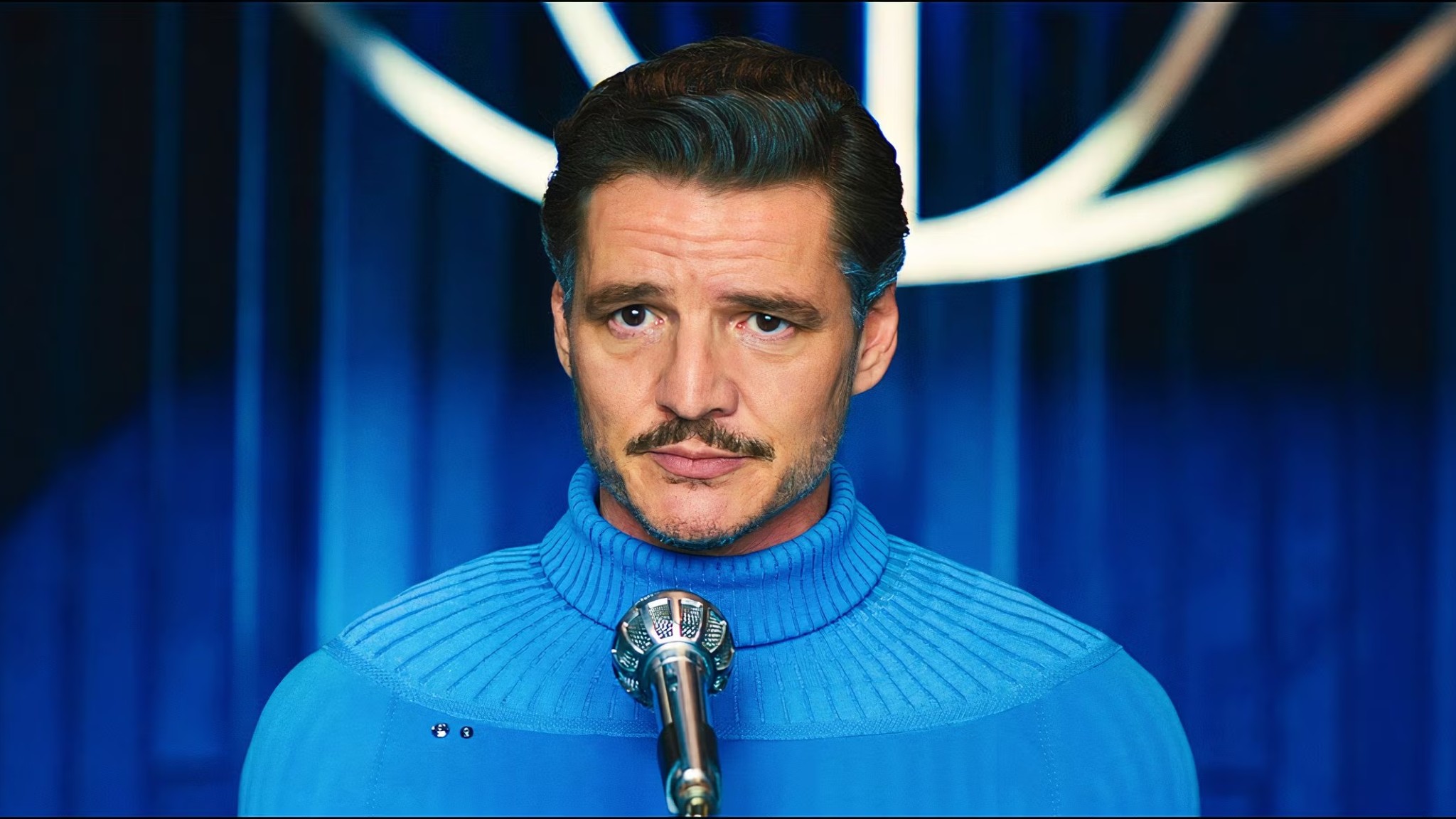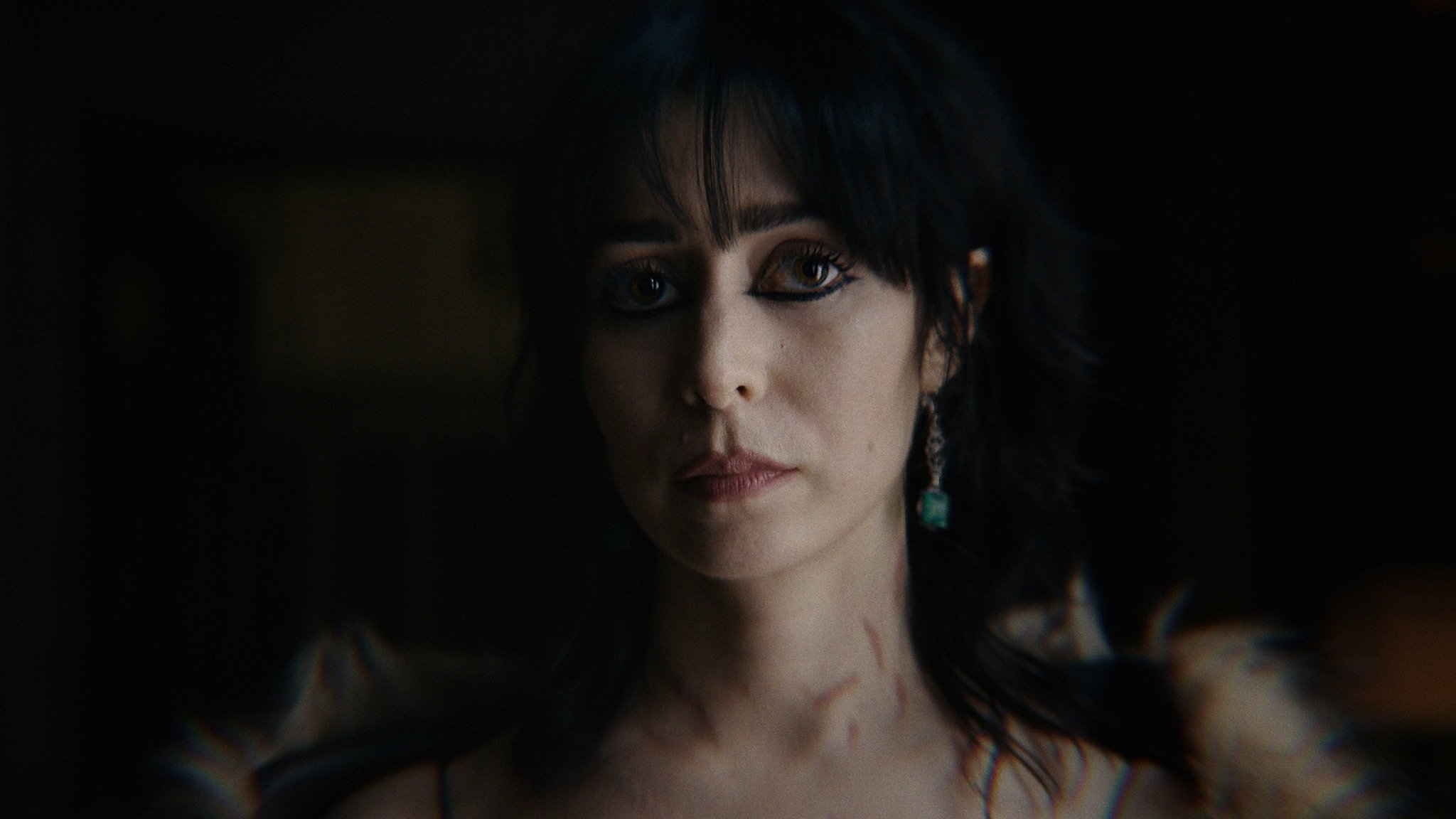Fantastic Four – First Steps – REVIEW

In this newest rendition, I find myself immersed in a captivating blend of the past and future – a 1960’s New York City with a retro-futuristic flair. Here, our quartet resides as an extraordinary family unit: Reed and Sue, married with a baby on the horizon, and their makeshift sons – Sue’s brother Johnny, along with Ben Grimm – living together in a stunningly modern apartment adorned with art deco style.
However, their extraordinary abilities are soon to be tested as Galactus (Ralph Ineson) arrives, his hunger for planets making Earth his next target unless the Four agree to his ominous demand, which could potentially save our planet. Yet they steadfastly refuse this proposition, only to face the world’s population turning against us. Now, we must find a way to protect our world, restore our reputation, and defeat Galactus – a daunting task indeed.
